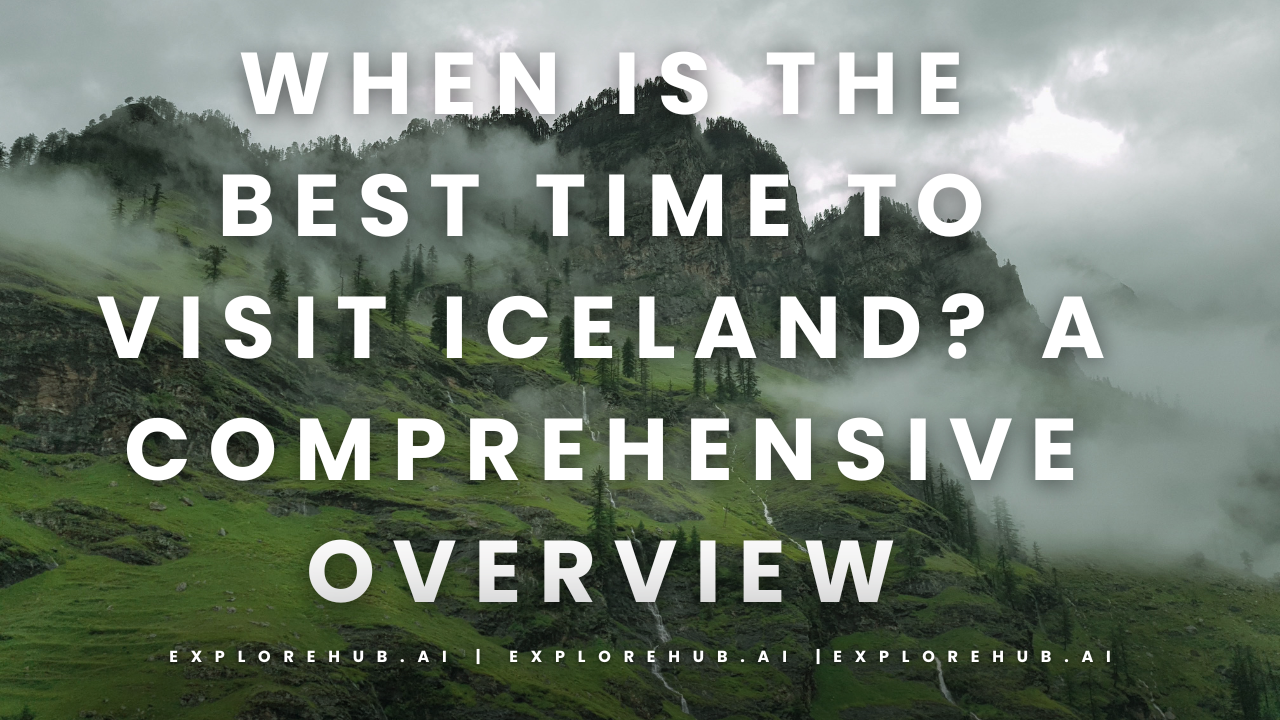“When is the best time to visit?” is one of the most often asked questions when making travel plans to Iceland. Your desired experience will determine the response to a considerable extent. Every season in Iceland provides something new to see, from the captivating Northern Lights to the Midnight Sun. This book offers a thorough rundown of Iceland’s activities, temperature, and ideal travel periods for a once-in-a-lifetime experience.
Table of Contents
Why Visit Iceland?
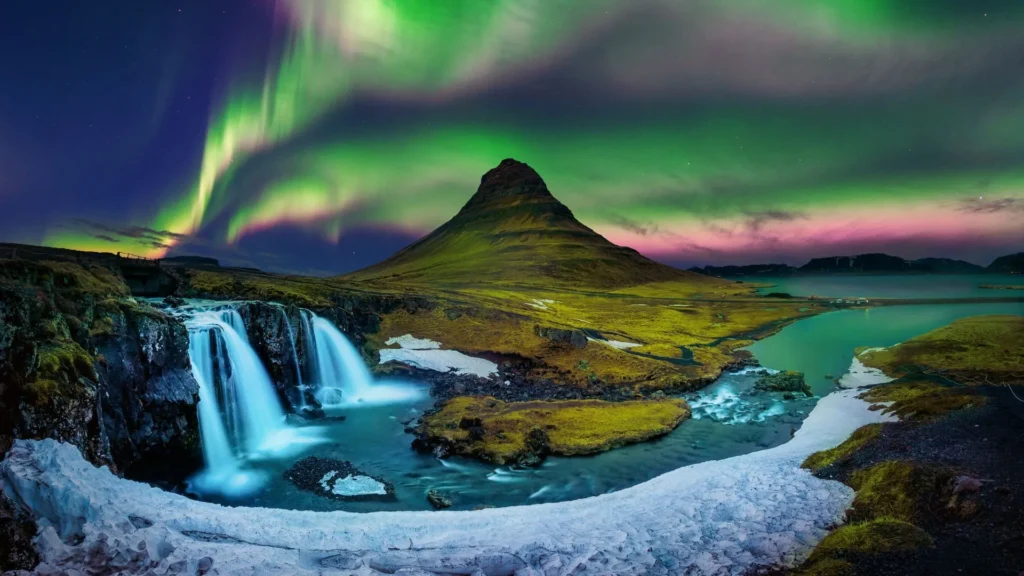
Iceland is a place of natural wonders and contrasts. With its dramatic landscapes, active volcanoes, sprawling glaciers, and geothermal hot springs, it’s a paradise for nature lovers. Whether you’re chasing the Northern Lights, exploring lava fields, or soaking in the Blue Lagoon, Iceland promises an adventure like no other.
Iceland’s Unique Seasons
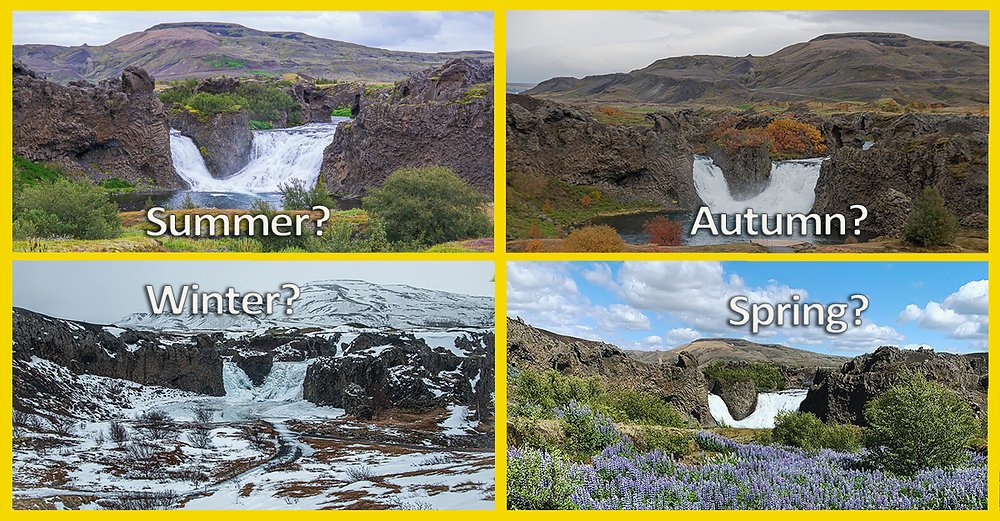
Summer (June to August)
Midnight Sun Phenomenon
During summer, Iceland experiences nearly 24 hours of daylight, known as the Midnight Sun. This phenomenon allows for extended sightseeing and endless exploration.
Weather and Temperature
Iceland’s warm summer temperatures, which range from 10°C to 15°C (50°F to 59°F), make it the ideal time of year for outdoor sports.
Popular Activities in Summer
- Hiking in the Highlands
- Road trips along the Ring Road
- Visiting waterfalls like Seljalandsfoss and Skógafoss
- Whale watching in coastal towns
Fall (September to November)
Transitioning Landscape
Fall in Iceland is marked by vibrant autumn foliage, making it a photographer‘s dream. The golden and red hues contrast beautifully against Iceland’s rugged terrain.
Weather and Temperature
Temperatures begin to drop, ranging from 0°C to 10°C (32°F to 50°F). Rain becomes more frequent, so waterproof clothing is essential.
Best Activities for Fall
- Northern Lights viewing starts in September
- Visiting geothermal hot springs
- Exploring lava caves and volcanic landscapes
Winter (December to February)
Northern Lights Experience
Winter is the best time to witness the Northern Lights, with long nights and clear skies enhancing visibility.
Weather and Temperature
Icelandic winters are cold but not extreme, with temperatures between -1°C and 4°C (30°F to 39°F). Expect snow and icy conditions, especially in rural areas.
Winter Activities in Iceland
- Ice caving tours
- Glacier hiking
- Snowmobiling on glaciers
- Christmas markets and holiday festivities
Spring (March to May)
Blooming Landscape
Spring brings blooming wildflowers and melting snow, creating picturesque landscapes and vibrant scenery.
Weather and Temperature
Temperatures range from 0°C to 10°C (32°F to 50°F). Weather is unpredictable, so packing layers is recommended.
Springtime Adventures
- Puffin watching along the cliffs
- Waterfalls at their peak flow
- Off-season travel deals and fewer tourists
Best Time for Northern Lights
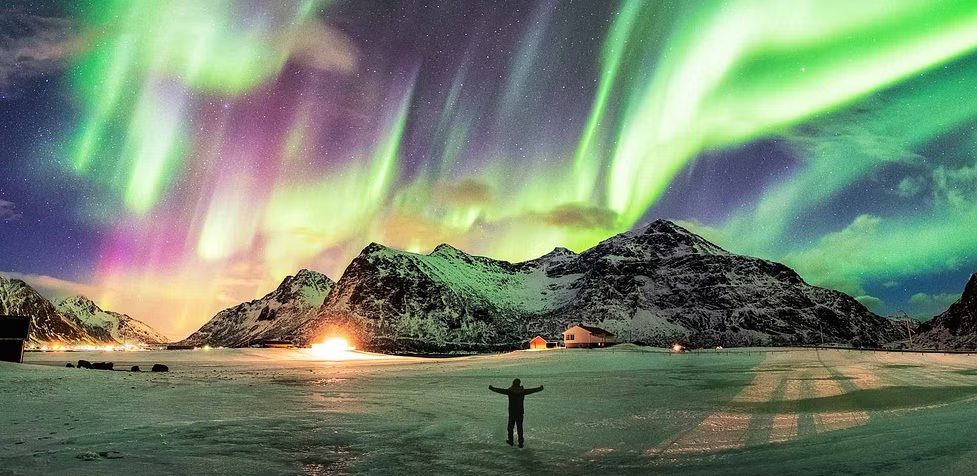
From late September to early April, the Northern Lights are most visible. The long, dark evenings during these months make for perfect aurora viewing conditions.
Best Time for Whale Watching
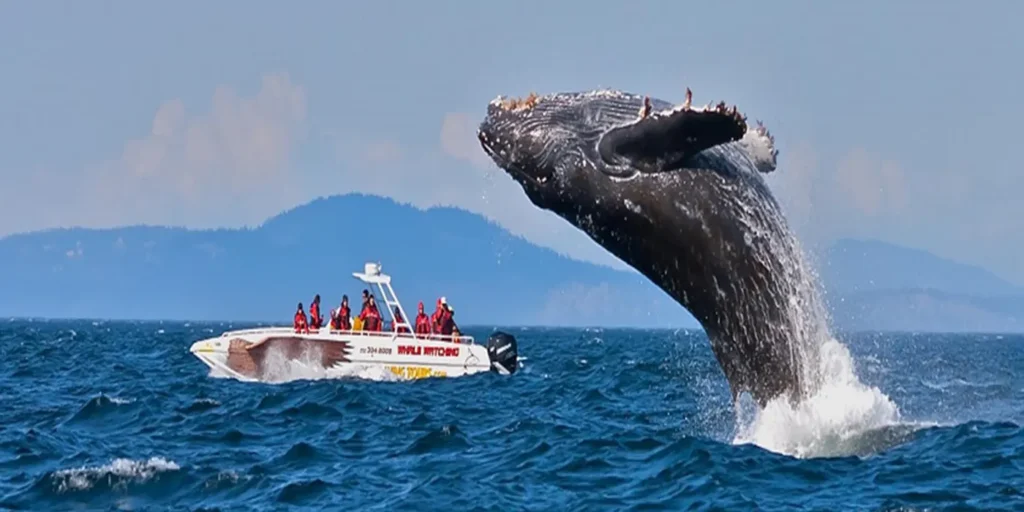
Whale watching season in Iceland runs from April to September, with peak sightings from June to August. Húsavík and Reykjavík offer popular whale-watching tours.
Best Time for Hiking and Outdoor Activities
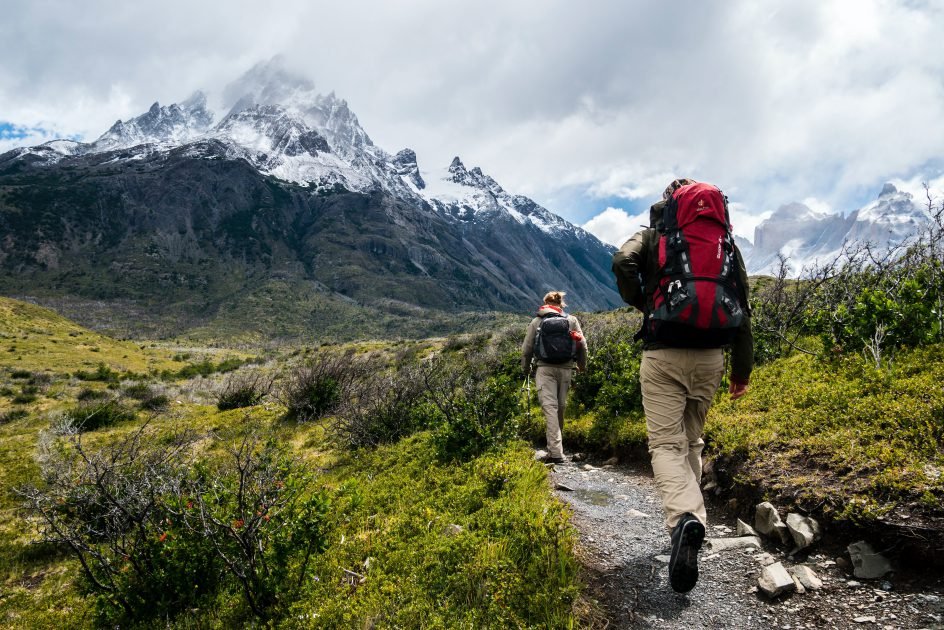
Summer is the best season for hiking and outdoor adventures. Trails in the Highlands are accessible, and the mild weather ensures a pleasant experience.
Best Time for Budget Travelers
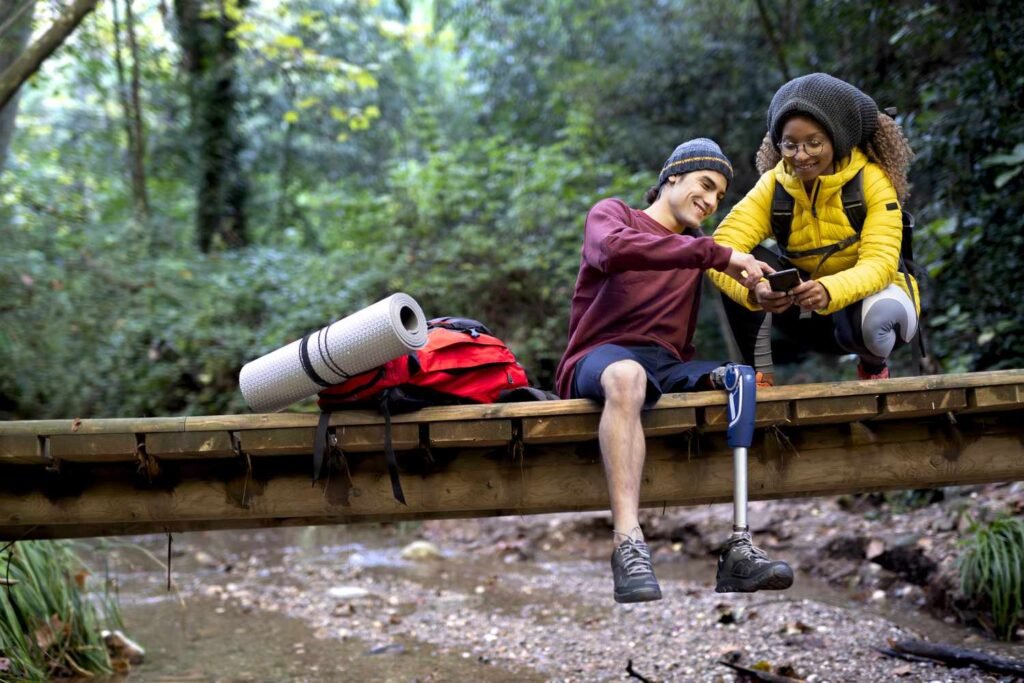
Visiting during the shoulder seasons (late September to November and March to May) offers more affordable accommodation and flight prices, as well as fewer tourists.
Festivals and Events in Iceland
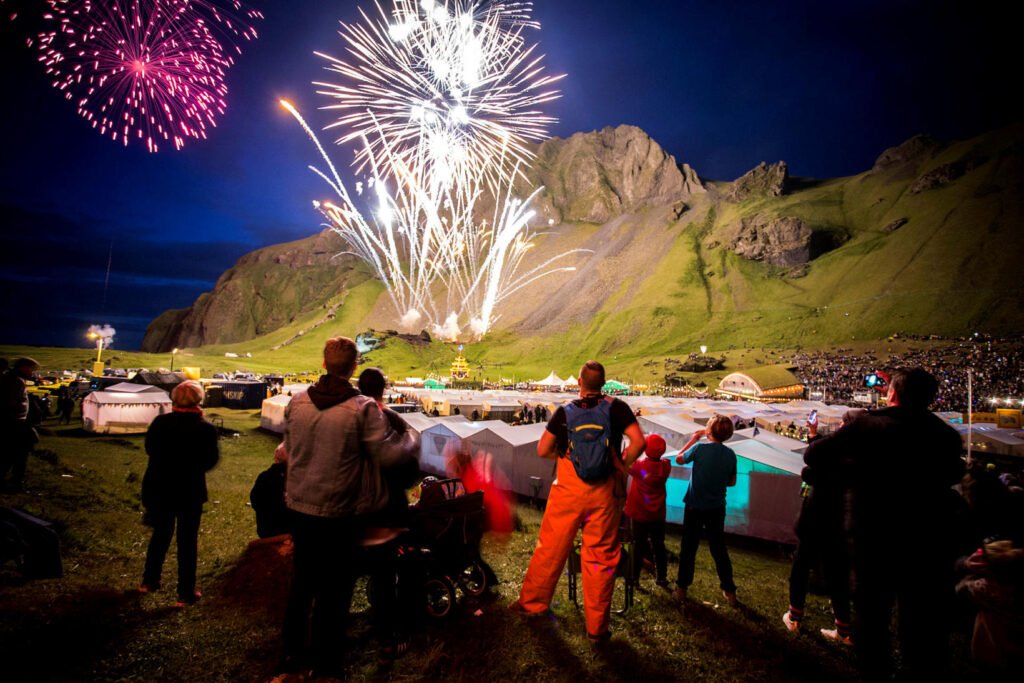
- Secret Solstice Festival (June): A music festival celebrating the Midnight Sun.
- Reykjavik Culture Night (August): A cultural event featuring live music, art exhibitions, and fireworks.
- Iceland Airwaves (November): An international music festival showcasing emerging artists.
Pros and Cons of Visiting Each Season
- Summer: Ideal for outdoor activities but crowded and expensive.
- Fall: Beautiful landscapes and Northern Lights, but unpredictable weather.
- Winter: Northern Lights and winter sports, but limited daylight.
- Spring: Fewer tourists and blooming landscapes, but variable weather.
Travel Tips for Every Season
- Summer: Book accommodations and tours in advance.
- Winter: Rent a 4×4 vehicle for icy roads.
- Spring and Fall: Be flexible with travel plans due to changing weather.
Packing Tips for Iceland Trips
- Layered clothing for unpredictable weather
- Waterproof jacket and boots
- Swimwear for hot springs
- Camera and tripod for Northern Lights photography
Accommodation Availability and Prices
- High demand and high prices during summer
- Lower prices and more availability during shoulder seasons and winter
Transportation and Accessibility Throughout the Year
- Summer: All roads, including Highlands, are accessible.
- Winter: Some roads are closed due to snow and ice; 4×4 vehicles recommended.
- Fall and Spring: Variable road conditions; check weather updates.
Final Thoughts: Choosing the Right Time for You
Your hobbies and tastes will determine the ideal time of year to visit Iceland. Every season offers something different, whether you’re searching for the Northern Lights or the Midnight Sun. To pick the ideal time for your Icelandic journey, take into account your spending limit, favourite activities, and weather tolerance.
Conclusion
Iceland is a year-round destination with ever-changing landscapes and activities. By understanding what each season offers, you can tailor your trip to match your interests and make the most of your visit to this magical land.

